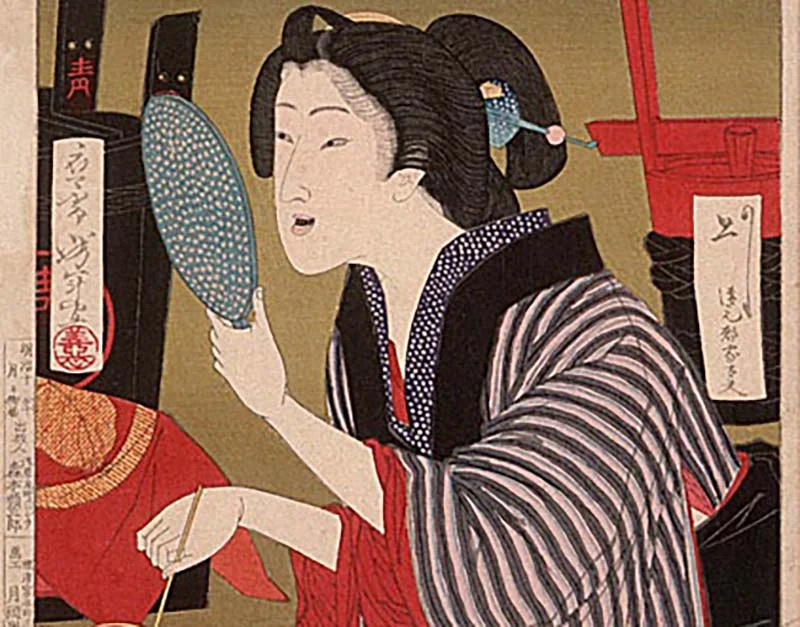
The practice of decorating teeth has been around for millennia & spans cultures from all over the world. Here are some of the forms teeth jewelry & art have taken in the past.
Mayan Jewels
The Mayan empire practiced one of the first forms of known tooth jewelry. Uncovered remains of this now extinct South American civilization have revealed that some Mayans had holes drilled into their teeth where precious stones, often jade, could be affixed using tree sap. Some speculations claim that the gems in Mayan teeth represented civic commitment & served as status symbols. In evidence to support the status symbol, the shades of jade possibly served to differentiate classes, with the lighter shades representing higher classes. Historians & anthropologists also point to the Mayan upperclass taking responsibility for the agriculture & harvest of their land by displaying these green teeth, as the color represented growth & sustenance.
Etruscan Grills
Possibly the first people to have gold teeth in the western world were the Etruscans, who occupied Italy — the region of Tuscany takes its name from them — before being conquered by the Romans in 200 BC. As early as 700 BC, wealthy women of the culture would have gold wrapped around their teeth in bands. These adornments were thick enough to warrant having certain teeth removed to make room for them.
Unlike modern gold crowns & fillings, which help restore teeth & their function, these gold teeth were just for show & were incapable of being used to bite into hard foods. These teeth also support the more liberal society these women lived in than their Roman successors, as they were able to purchase this procedure themselves & afford servants to prepare softer foods. In addition, these wealthy women could attend public gatherings & own property, things that were not allowed, or were at least not common, in the Roman empire.
Ohaguro Contrast
This practice was mainly popularized in Japan, though it spread through several other Asian countries as well. Ohaguro is a process of dying teeth black using kanemizu, which is a mixture of iron fillings & vinegar that is then mixed with tea & rice wine. It was popularized as early as AD 250 & continued in Japan until the late 19th century when it was banned during the rule of the Meji government & its popularity has since faded dramatically.
The blackened teeth served as a status symbol & was particularly popular among women who were coming of age. The black hid yellow teeth that were common before modern dentistry, especially as women at that time in Japan would whiten their faces. It was also thought to be a pleasing contrast to the whitened face.
Many other cultures have used tooth ornamentation throughout history, from ancient Vikings up to the modern day & popular musicians. Though the reasons may be different & the trend comes & goes, it is unlikely that we have seen the end of innovation in dental jewelry.
